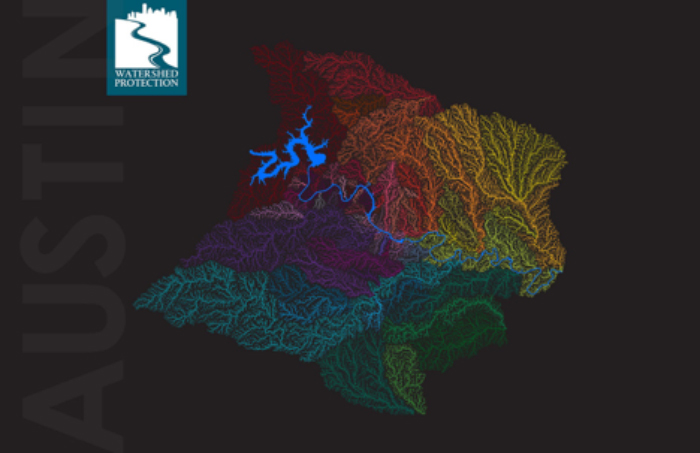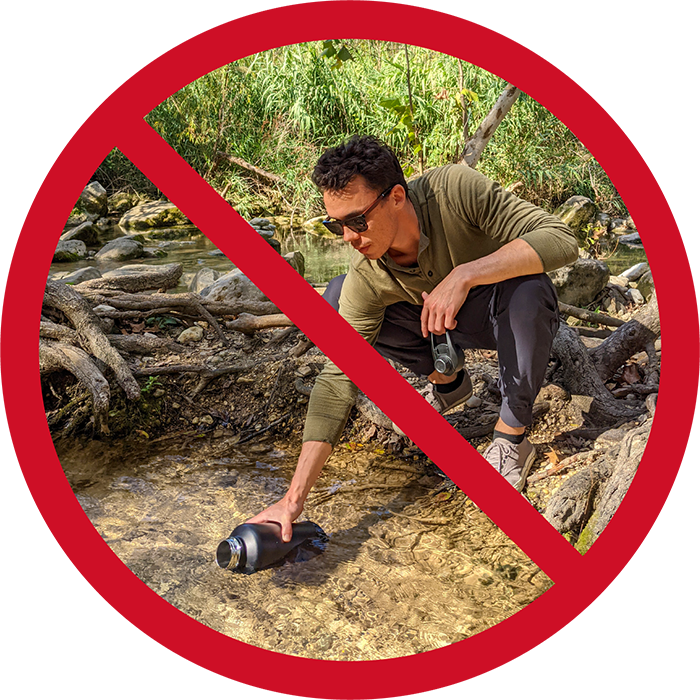
Have you heard that drinking untreated (or “raw") water from Austin's springs is good for your health? Unfortunately, it's not! Drinking water from springs, especially in urban areas, can make you sick.
The water in underground aquifers refills from rain and irrigation water that first flowed over the land. In urban areas, this water may flow over roads, parking lots, lawns, dog parks, or other…
You’re probably familiar with Barton Springs Pool in Zilker Park, a popular destination for swimming, relaxing, and cooling off on a hot summer day. And, you might be familiar with some of the other west Austin springs that are scenic destinations to visit on foot or by boat. But, did you know there are HUNDREDS of other springs in our city, many of which are located in east Austin?
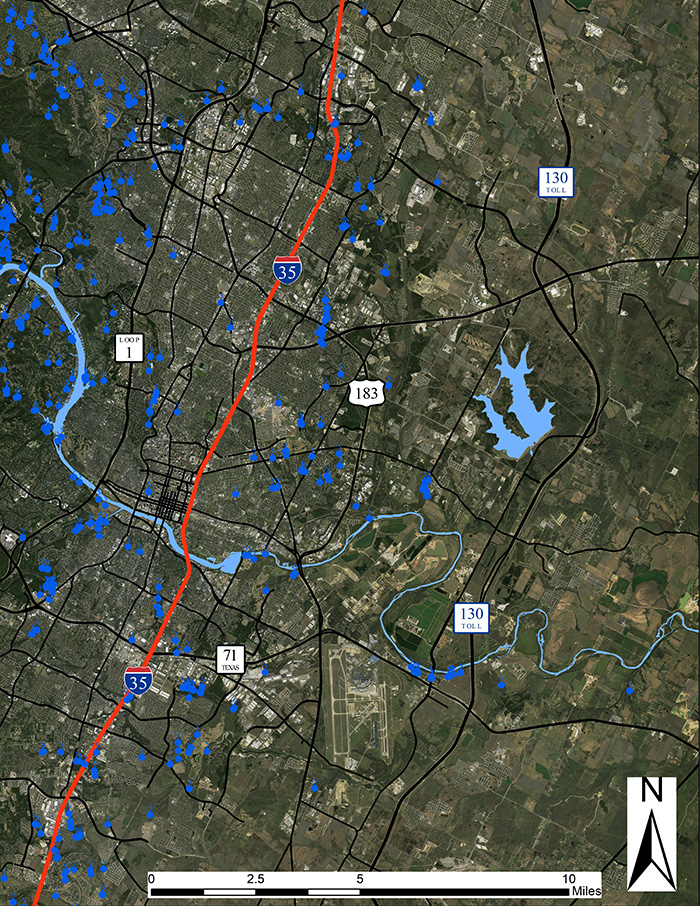
Map of Austin Springs
…
For many years, the City of Austin’s Watershed Protection Department (WPD) has studied trees and other vegetation that grow along local creeks. These vegetated areas along the water are called “riparian buffers,” and they benefit our creeks and river by improving water quality and preventing erosion. Most of WPD’s riparian buffer studies have been in central and west Austin; however, a recent study took place in far eastern Travis County, around and east of U.S. 183. This area, located in the Blackland Prairie region, has deep, fertile soils and is mostly agricultural. WPD’s goal was to document conditions of the creeks and their riparian buffers before major development occurs there.
…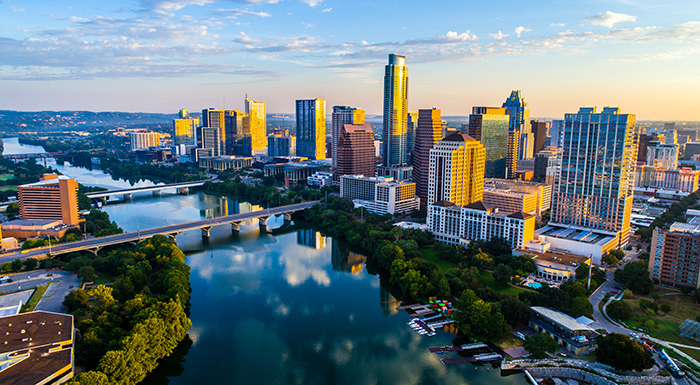
Town Lake... Lady Bird Lake... the Colorado River. Whatever you call it, Austin wouldn't be the same without the scenic body of water separating North and South Austin.
Many residents and visitors appreciate Lady Bird Lake's beauty, whether from a kayak, the hike-and-bike trail, or even while stuck in MoPac traffic. But even many longtime fans have heard inaccurate information about our fair Lady along the way. We're here to test your knowledge and help set the record straight.
Fiction or Fact? Lady Bird Lake is a lake.
FI…
Think back…close your eyes and let your mind return to a day when you were young. You dipped your toes in a little stream, picked up rocks to find bugs, listened to frogs chirping. Austin is a city of creeks; thousands of miles of little creeks and larger creeks flow throughout the city. You can discover, explore, and enjoy many of these creeks. Even in the middle of the urban area, you just need to find the right place as some…
Before the Watershed Ordinance

Austin's Springs
Bull Creek
Circle C Metropolitan Park
Mayfield Preserve
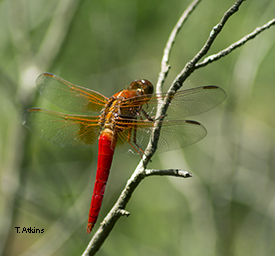 Spotted! This Neon Skimmer (Libellula croceipennis) was spotted here in Austin! A native to Texas, the neon skimmer can also be found around the Southwest including Arizona and Southern California. Known for its vivid red color and unusual mating patterns, skimmers are often seen hanging out around lakes and ponds in Central Texas. Their mating ritual is quite entertaining to watch, while the males can be seen on the lookout for females from tall spears o…
Spotted! This Neon Skimmer (Libellula croceipennis) was spotted here in Austin! A native to Texas, the neon skimmer can also be found around the Southwest including Arizona and Southern California. Known for its vivid red color and unusual mating patterns, skimmers are often seen hanging out around lakes and ponds in Central Texas. Their mating ritual is quite entertaining to watch, while the males can be seen on the lookout for females from tall spears o…
You may have heard the term “rain garden”, but many people don’t know what a rain garden looks like or how they can help restore our creeks. Basically, a rain garden is a shallow depression in the ground that collects water during a rain storm. The water that collects in rain gardens soaks into the soil and eventually makes its way to our rivers and streams as “base flow”. Without rain gardens the water from a storm would flow off impervious surfaces like roofs, driveways, streets and parking lots directly into the creek all at once. This can be very bad news for our streams, because that big slug of dirty stormwater causes…

